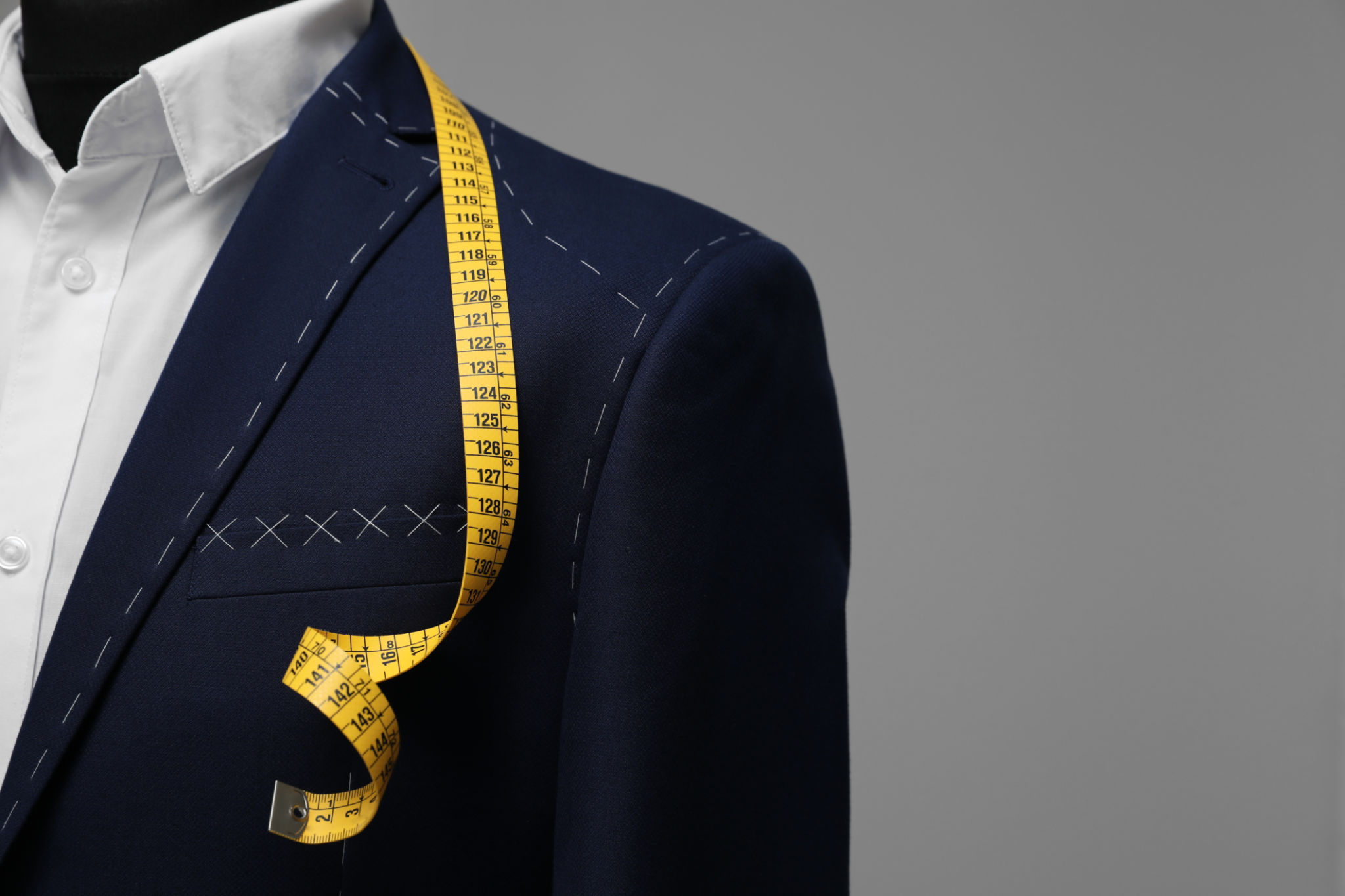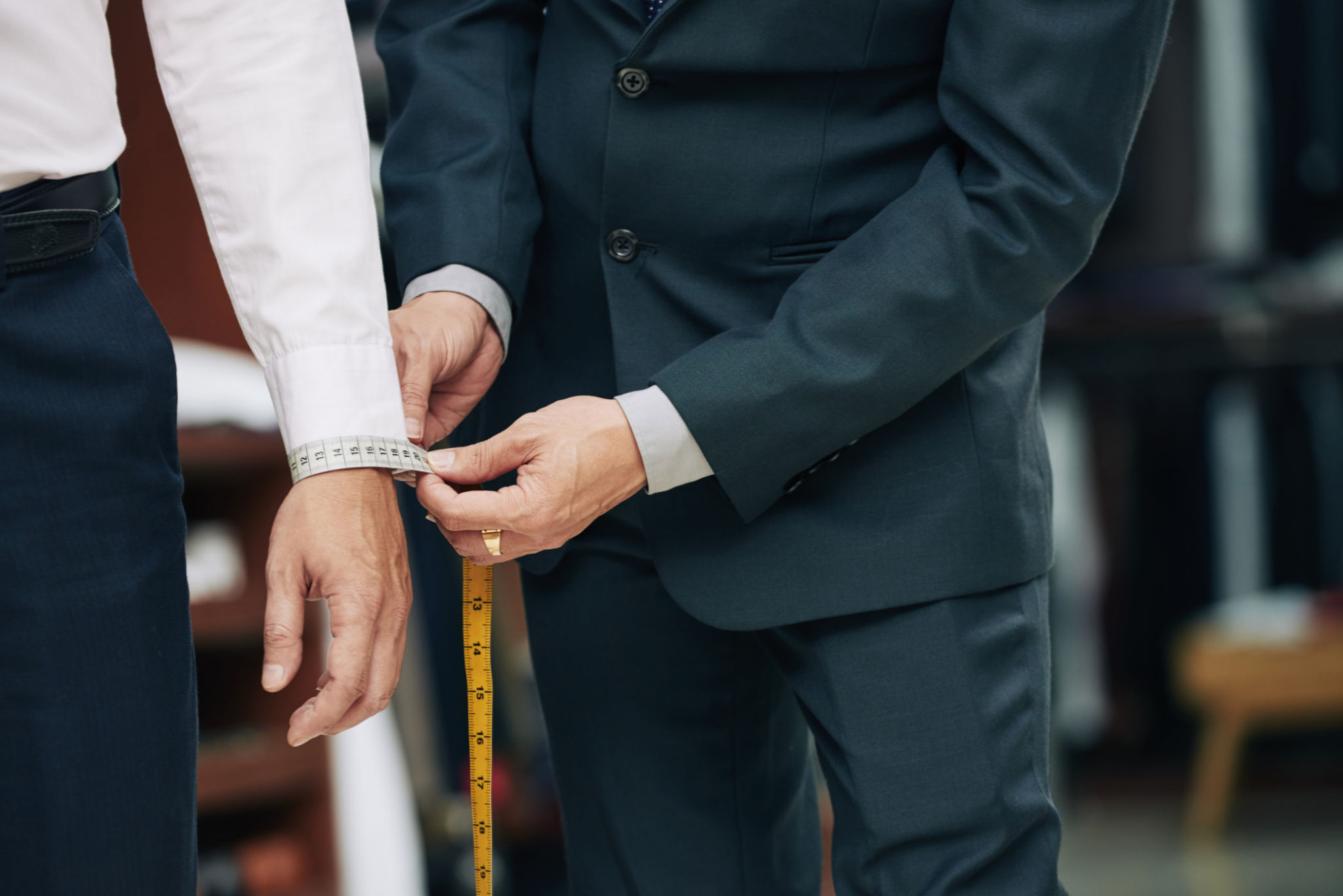From Fabric to Fit: Understanding the Custom Suit Process
The Art of Choosing the Right Fabric
When it comes to crafting a custom suit, the journey begins with selecting the perfect fabric. The fabric you choose sets the tone for the entire suit, influencing both its aesthetic and functional qualities. From luxurious wool to versatile cotton, each fabric has its own unique characteristics. It's essential to consider the weight, texture, and breathability, as these factors will determine how the suit feels and performs in different settings.
For instance, wool is a popular choice due to its durability and natural wrinkle resistance. Cotton, on the other hand, offers a more casual look and is ideal for warmer climates. When selecting a fabric, think about where and when you'll be wearing the suit to ensure it meets your needs.

The Importance of Measurements
Once you've chosen your fabric, the next critical step in the custom suit process is taking precise measurements. A well-fitted suit hinges on accurate measurements, as even the slightest discrepancy can affect the overall fit and appearance. Professional tailors employ a meticulous approach, measuring various parts of your body such as the chest, waist, hips, and inseam.
During this stage, it's important to communicate any personal preferences you might have regarding fit. Whether you prefer a slim cut or a more relaxed fit, these details will be incorporated into your suit to ensure it complements your body shape perfectly.
Understanding Suit Construction
With measurements in hand, the actual construction of your suit begins. This involves cutting the fabric according to your specifications and assembling the various pieces with precision. Experienced tailors pay close attention to detail, ensuring that seams align perfectly and that patterns match seamlessly.
The construction phase also includes selecting the appropriate lining and interlining materials. These components contribute to the comfort and drape of the suit, enhancing its overall quality and longevity.

Customization Options
One of the most exciting aspects of a custom suit is the ability to personalize it to reflect your unique style. From lapel styles to pocket designs, customization options are virtually limitless. You can choose from a variety of buttons, stitching details, and even monogramming for an extra touch of individuality.
Consider what elements resonate with your personal style. A peak lapel might convey a more formal aesthetic, while a notch lapel offers a classic, versatile look. These choices allow you to create a suit that not only fits perfectly but also aligns with your fashion preferences.
The Final Fitting
After your suit has been constructed, it's time for the final fitting. This stage is crucial for making any necessary adjustments to ensure an impeccable fit. During this fitting, you'll try on the suit and work with your tailor to address any concerns or alterations needed.
Your tailor will make fine-tuning adjustments such as sleeve length or trouser hemline to guarantee every detail is just right. This ensures that when you wear your custom suit, you do so with confidence and style.

Caring for Your Custom Suit
Once you have your custom suit in hand, proper care is essential to maintain its pristine condition. Regular cleaning and pressing are important, but be sure to follow specific care instructions provided by your tailor or on the fabric label.
Investing in a quality garment bag and using wooden hangers can help preserve the shape and quality of your suit over time. By taking these steps, you'll ensure that your custom suit remains a staple in your wardrobe for years to come.
